According to the BBC News, apparently the fantastic Victorian innovation, the Crystal Palace, is to be rebuilt on a site in South London. There are rumours that the Chinese are involved and that it won't be quite the same as the original Crystal Palace.
It will have to be pretty spectacular to live up to the original building. Maybe it's time to look back at this beautiful structure to remind ourselves of what a departure it was from the usual Victorian architecture.


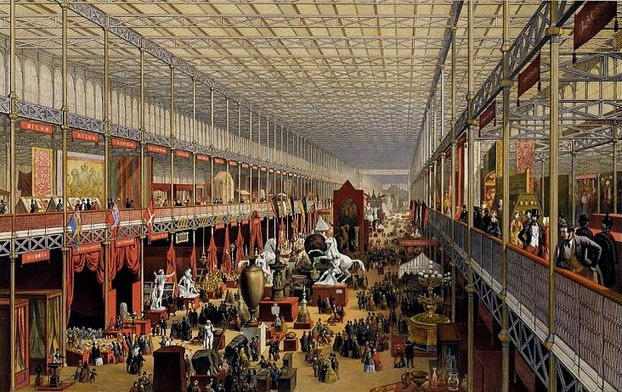
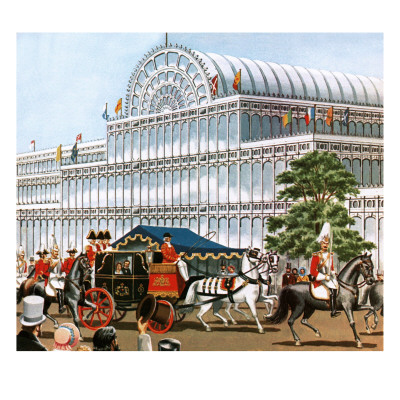
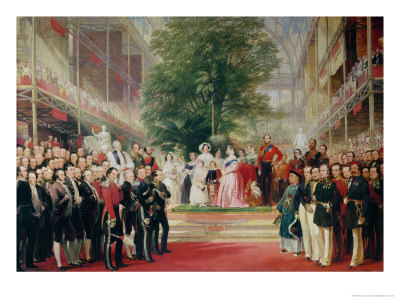


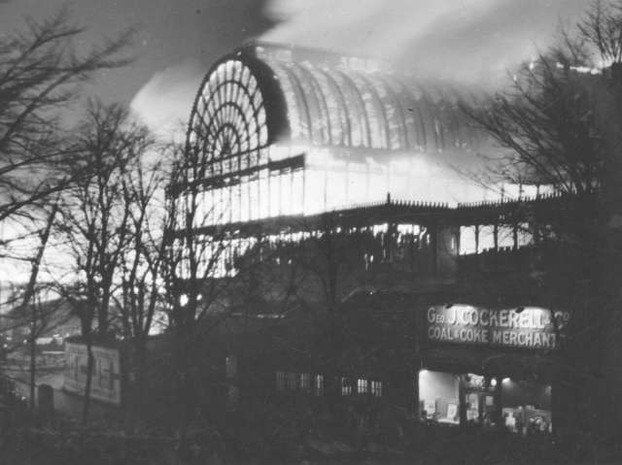





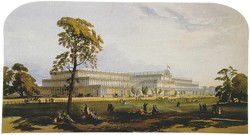

 How to Choose a Walking Cane or Stickon 08/01/2014
How to Choose a Walking Cane or Stickon 08/01/2014
 Michael Miller Fabulous Fabric Swatches for Quilting, Crafts etcon 07/02/2014
Michael Miller Fabulous Fabric Swatches for Quilting, Crafts etcon 07/02/2014
 The Drama of Life in the Rock Poolon 06/08/2014
The Drama of Life in the Rock Poolon 06/08/2014
 The Flâneur - Symbol of Modernity in 19th Century Parison 05/09/2014
The Flâneur - Symbol of Modernity in 19th Century Parison 05/09/2014


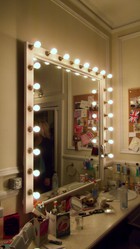
Comments
Hello 2uesday - I'm glad it's filled in some gaps for you! I hope to put an article up shortly about Joseph Paxton. Did you manage to see the Marianne North Gallery when you were there? http://wizzley.com/visit-the-marianne...
I hope you don't mind me putting that link on here, but she is such a fascinating character. Thank you for your comment.
Elias - That is so sweet of you! Thank you for that lovely comment! :)
Johnny - I'm pleased you liked my article! Thanks for the encouragement.
Cmoneyspinner - I wonder how many panes of glass got broken! :)
I certainly missed your thoroughly researched and well written articles on art and architecture, dear Kathleen :) Thank you for this educative post!
Very nice post about the history of Crystal palace.
Sounds like a very fragile undertaking.
ologsinquito - Yes, you are so right! I'm glad you found the article interesting. Thanks for your comment.
Thanks for writing such an interesting article. It shows that things in this world are passing, and all this intense labor was gone in just three hours.